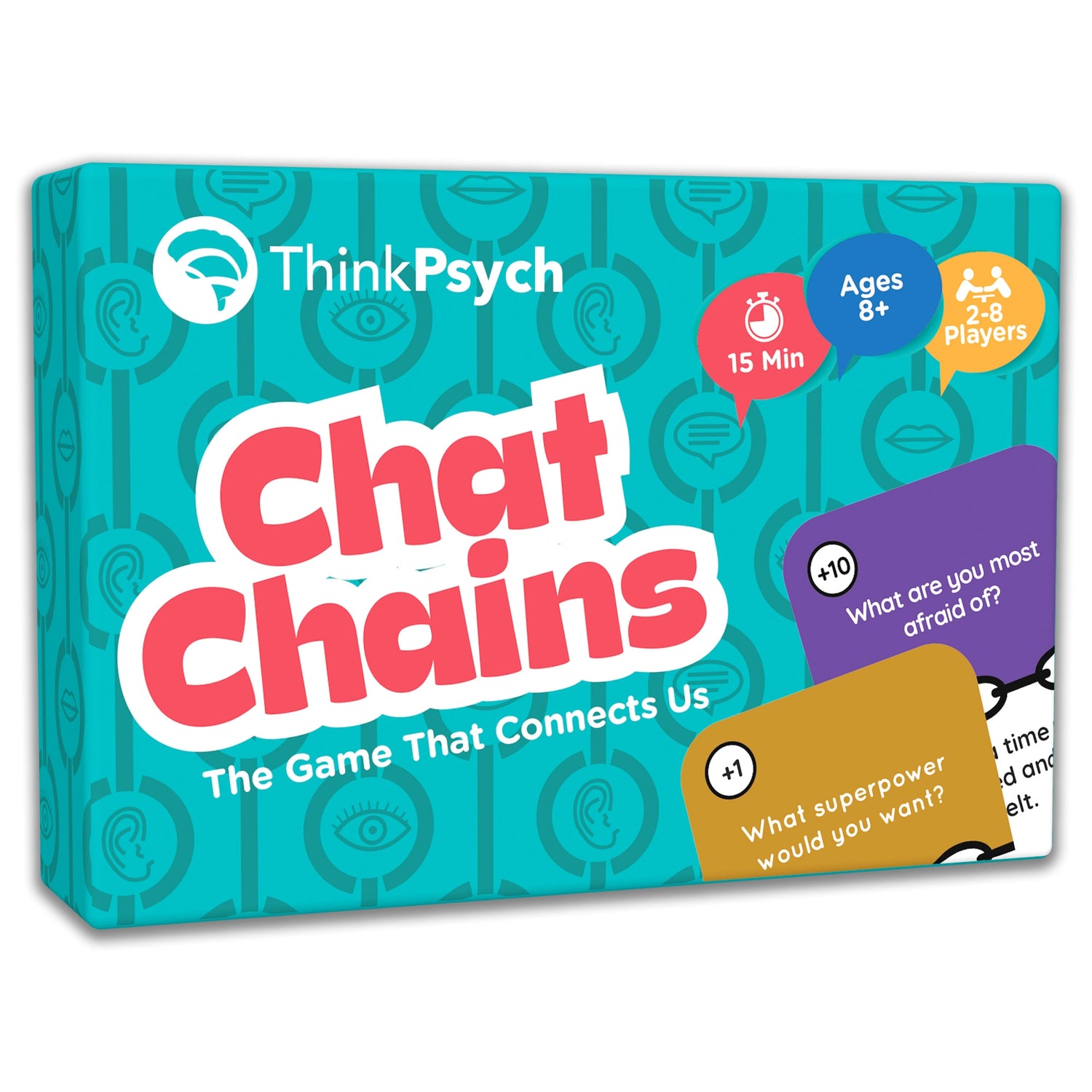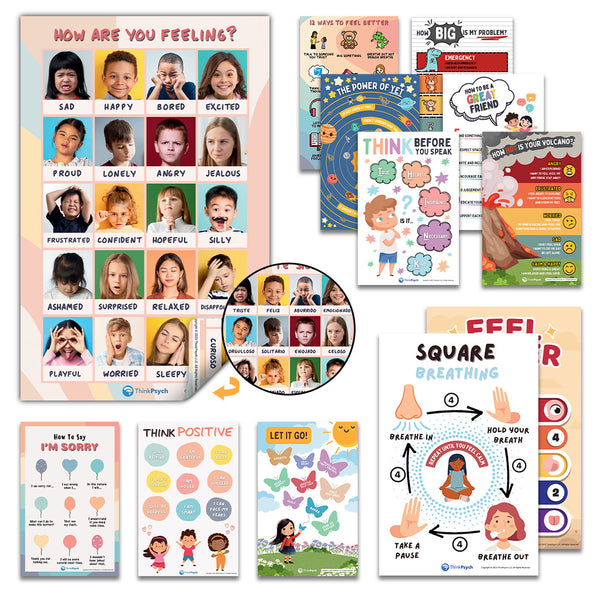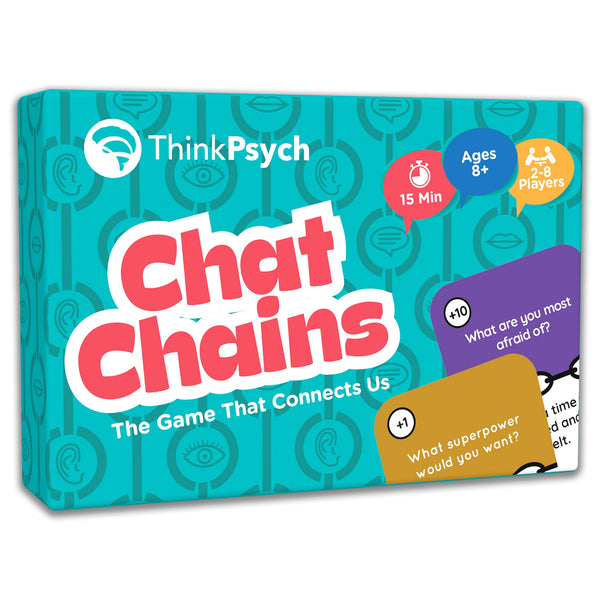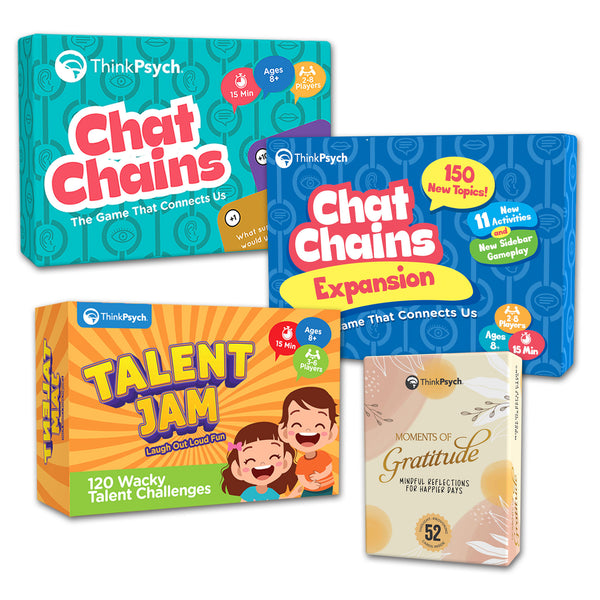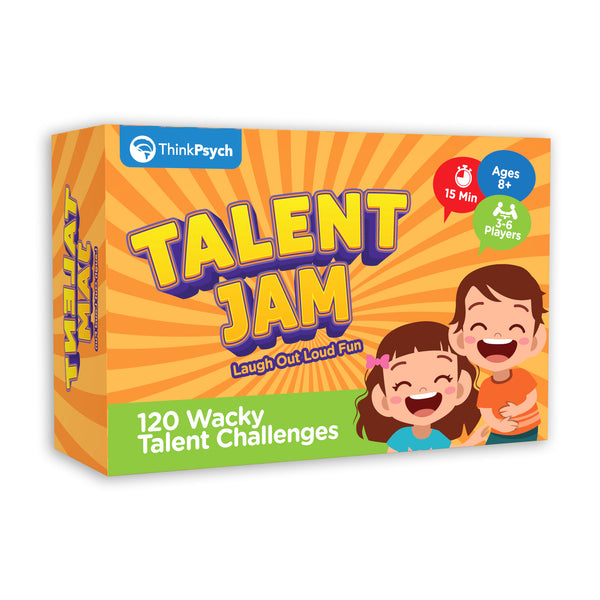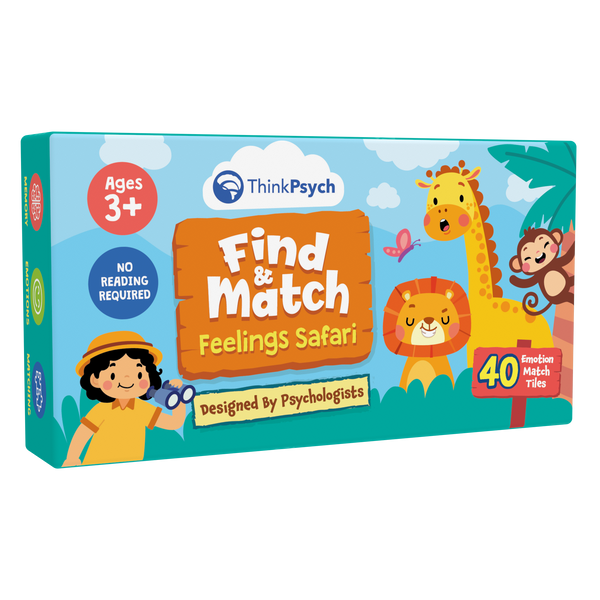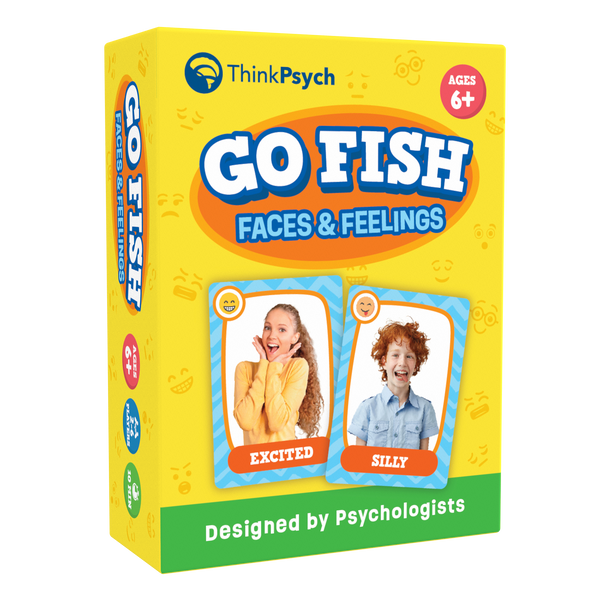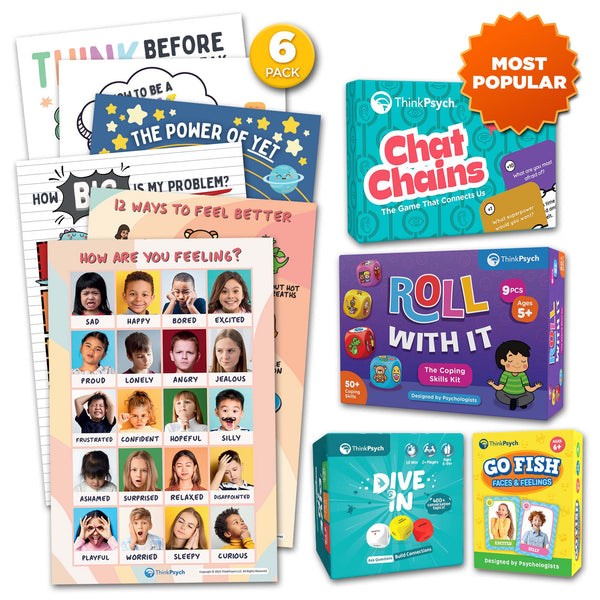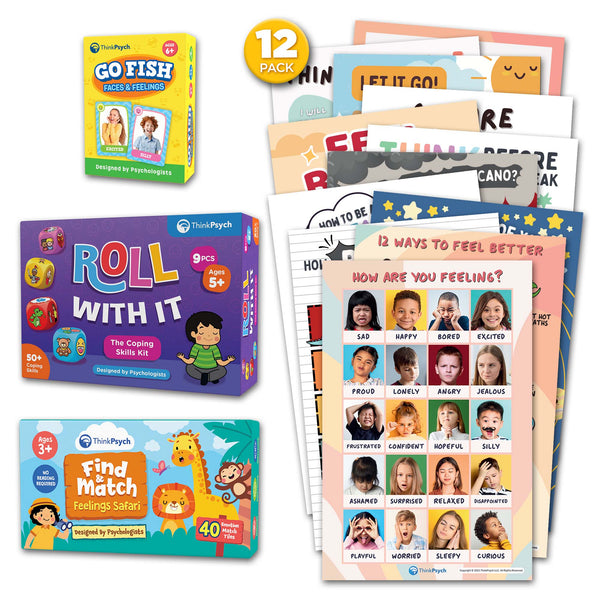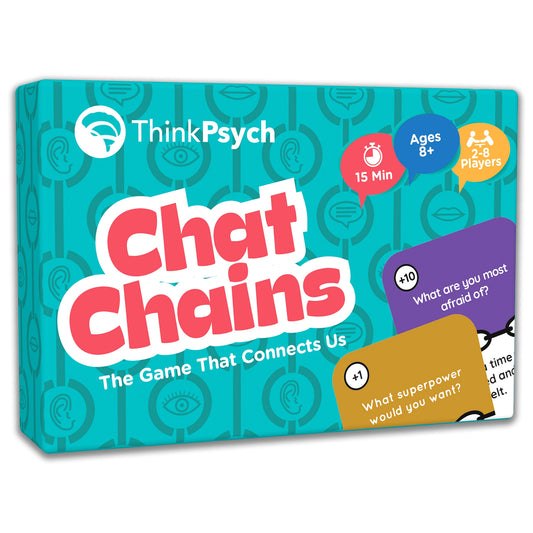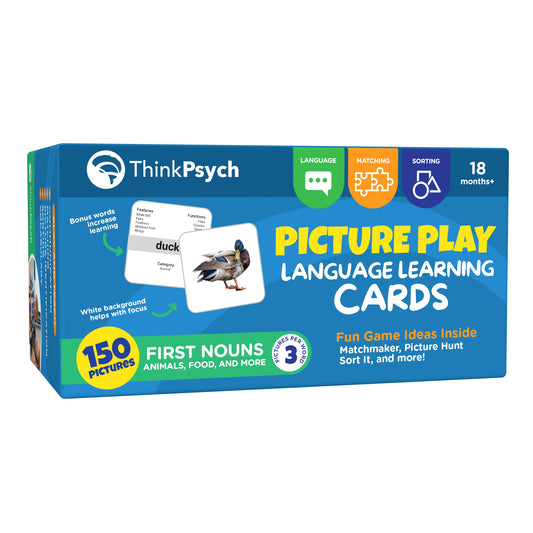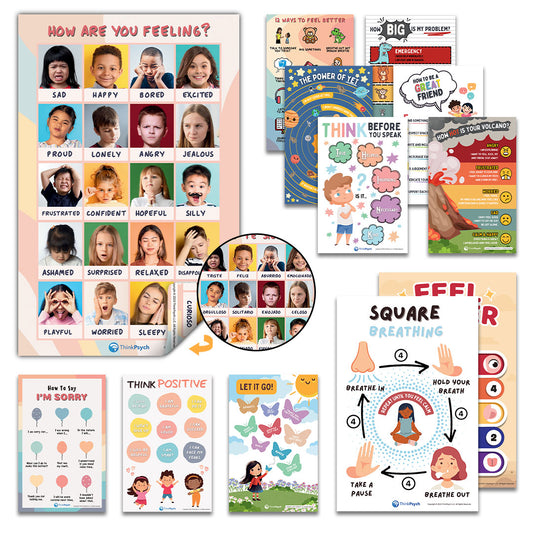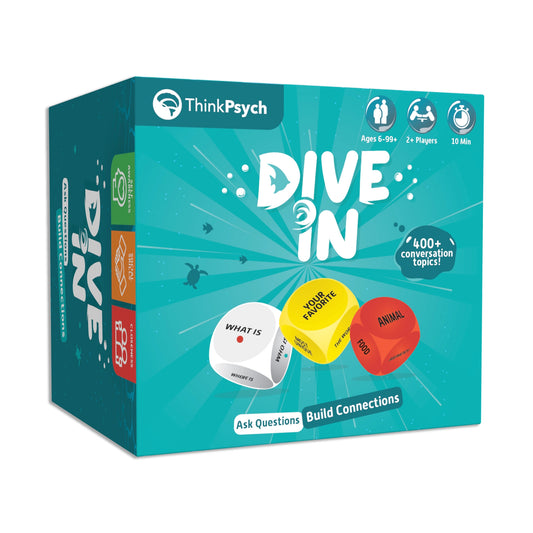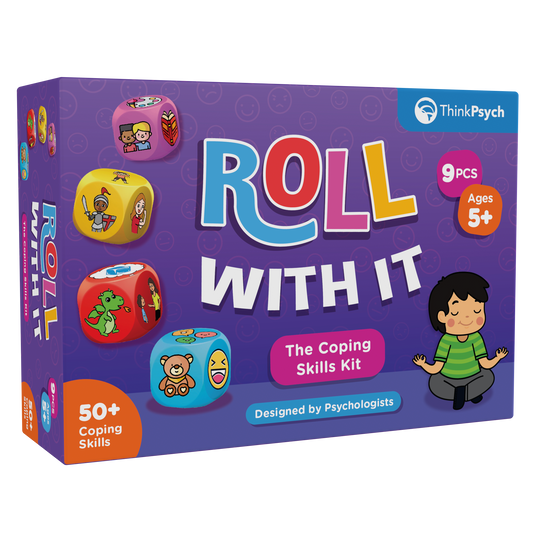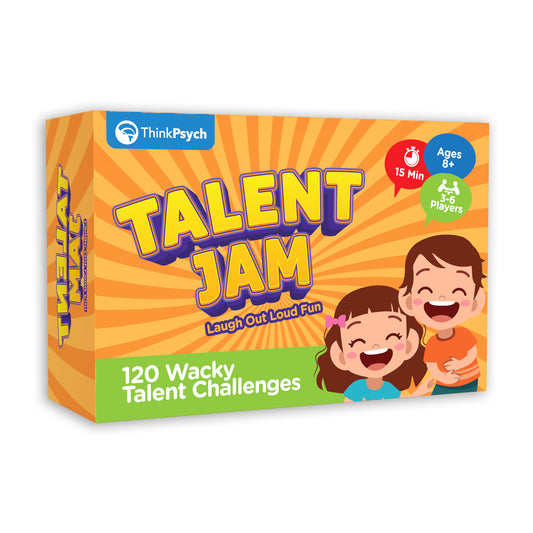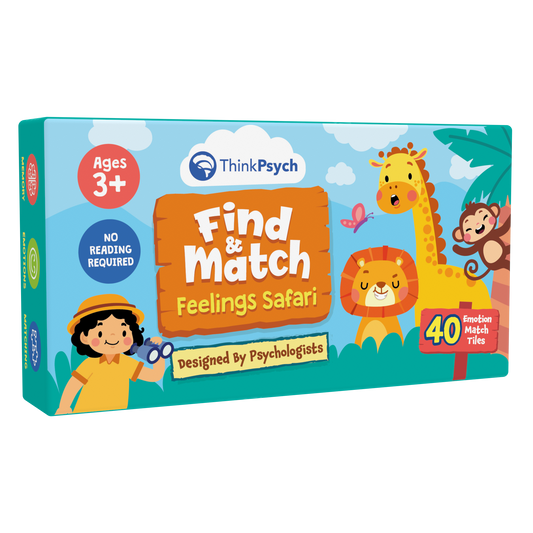
Transforming Downtime Into Learning Opportunities
Share
Downtime is commonly viewed as a break from homework, studying, and other educational activities. But if you think about it, free time can still be used to teach important lessons and encourage growth in social-emotional learning (SEL).
Of course, this doesn’t mean you’ll take away the fun parts of children’s downtime. It’s all about finding creative ways to turn the unstructured play into meaningful lessons that help kids develop essential skills.
Let’s explore how downtime impacts children and the various activities you can use to turn it into a learning opportunity.
Why is Downtime Important For Children?
Downtime is as vital to kids as it is to adults. It can help kids activate other parts of their brains. Immordino-Yang and colleagues’ “Rest is Not Idleness” research found that important brain regions are active during a restful state. But these regions are suppressed when attention is focused on the outside world.
Here are a few benefits of downtime for children:
- Enhances creativity: Unstructured play can open up an outlet for creative expression. Kids become more imaginative and invent new ways to explore the world around them.
- Improves problem-solving skills: During downtime, children are left alone to figure out how to use their free time productively. They learn how to solve problems and make decisions independently with minimal adult guidance.
- Teaches responsibility: Downtime gives kids a chance to take care of themselves independently and practice responsible behavior without adult supervision or instruction. This helps them understand that they’re accountable for their choices, which is an important life skill.
- Encourages frustration management: Kids deal with boredom, frustration, or disappointment in their own way. Downtime allows them to practice self-soothing and coping skills without feeling overwhelmed.
- Develops self-confidence: When children are free to make decisions and choose their own activities during downtime, they feel empowered and gain more self-confidence. This can help them take on new challenges with ease later on in life.
Ways to Turn Downtime Into SEL Opportunities
Now that you understand why downtime is so important for kids, let’s look at how you can use it to promote SEL. Here are a few ideas:
1. Encourage kids to schedule things they want to accomplish during downtime.
Letting kids make a downtime schedule will help them develop important skills like goal setting, self-regulation, and time management. It also helps them practice planning ahead and breaking down tasks into manageable chunks.
This can boost their confidence in handling difficult situations and working towards achieving a goal. Additionally, it allows them to reflect on what is crucial for them in life and prioritize activities that bring joy or allow for personal growth.
Finally, making a schedule helps create structure around free time, which can reduce boredom and provide motivation for getting things done.
2. Leave SEL-themed toys and tools around the room for kids to explore.
Leaving SEL-themed toys around the room provides students with an engaging way to practice essential skills. The toys can be a tool for practicing self-awareness, self-regulation, relationship building, communication, and problem-solving.
By interacting with the toys, they can learn more about themselves and others while growing their social and emotional intelligence. Additionally, these activities offer a fun way for students to reduce stress and build resilience during down moments in class or at home.
For example, Chat Chains is a game that encourages players to have real conversations. The cards suggest various fun and serious topics to talk about and give points to the top chatters.
3. Create a “mindfulness corner” where kids can practice relaxation techniques, such as deep breathing and guided imagery.
A mindfulness corner gives students a place to practice mindful breathing and relaxation. An area specifically designated for this purpose will allow students to participate in calming activities, such as yoga or guided meditation.
Shop ThinkPsych Products
This environment encourages them to take time out of their day for self-care and reflection, allowing them to develop skills like resilience, focus, and empathy. It also provides them with a safe space to process their emotions, allowing them to build self-awareness and regulate their mood.
4. Use downtime for creative projects that promote self-expression, such as painting or writing stories.
Aside from leaving toys around, you can also set up an area for creative projects, such as painting or writing stories. These can help foster a sense of identity and connection to the world.
Such activities allow students to safely explore their feelings and experiences while developing essential skills like problem-solving and creative thinking.
They also provide an outlet for stress relief, allowing students to express themselves without judgment or fear. These projects can further boost confidence and self-esteem by permitting learners to be proud of their creations.
Finally, these activities serve as an opportunity for reflection on personal values, goals, and dreams – helping students develop a deeper understanding of themselves.
5. Suggest community service projects that kids can do during their downtime.
Community service projects can turn downtime into SEL opportunities by teaching students about the importance of giving back to their communities. Examples include writing letters to nursing home residents or making care packages for homeless people.
Through these activities, students learn the value of helping others and serving those in need. This encourages them to develop a sense of purpose and civic engagement, which are key components of SEL.
Additionally, completing a project together as a group helps build feelings of connection and belonging among the students while fostering stronger relationships.
Final Thoughts
You may think downtime is only crucial for adults who need to take a break from their hectic lives, but it’s just as vital to children. Even kids can feel overwhelmed by the fast pace of life and need to take some time out for themselves.
Free time can open up a world of possibilities when it comes to teaching kids, and with a few creative ideas, you can transform even the most mundane activities into meaningful lessons.
And by carefully turning downtime into learning opportunities, you can help children develop the skills they need to succeed in life. Make sure that kids have plenty of free time each day to relax, reflect, and practice their social-emotional learning skills.
Sources:
- Rest is Not Idleness research: https://journals.sagepub.com/doi/abs/10.1177/1745691612447308
